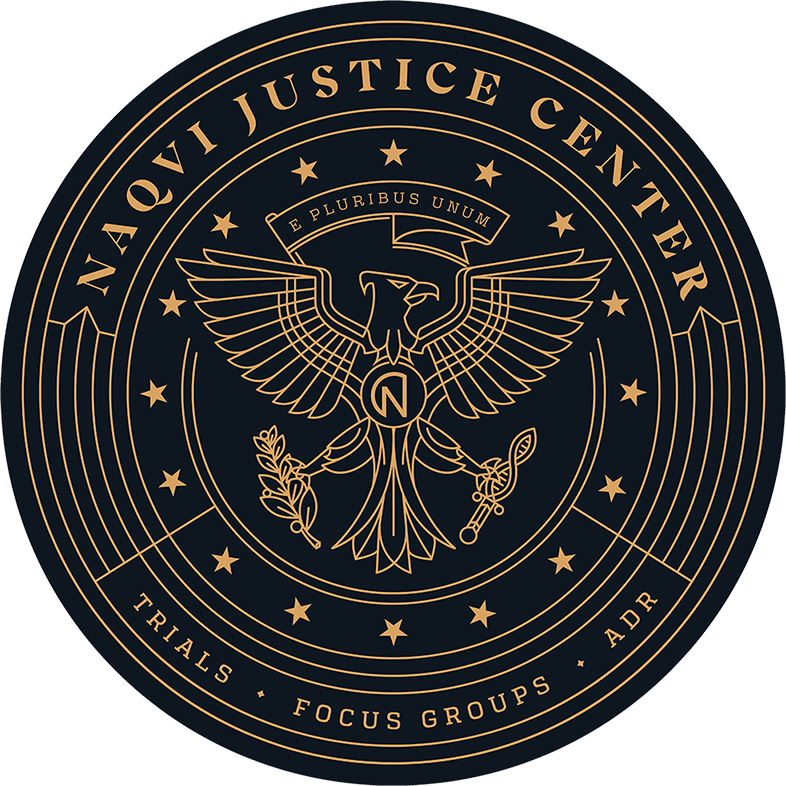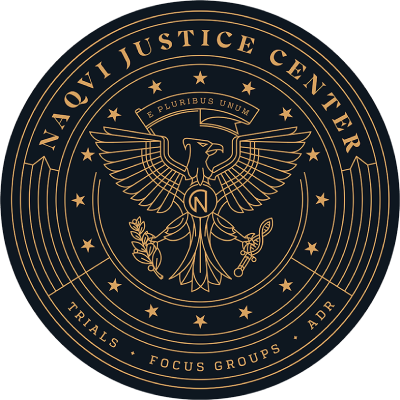A national advocacy group credits ride-share services like Uber and Lyft for a 25 percent reduction in Las Vegas-area drunk driving crashes in 2015.
Mothers Against Drunk Drivers and Uber first announced a partnership in 2014. MADD President Colleen Sheehey-Church, whose son was killed in an alcohol-related crash, opined that “if that technology was available, he could possibly be alive now because he would have gotten his own ride.” But others are unconvinced. Sandy Heverly, Executive Director of Stop DUI, suggested that the statistics were unreliable and outdated.
Ironically, the announcement comes against the backdrop of a wrong-way DUI crash on the 215 near Warm Springs. State troopers say that 24-year-old Nico Fenske collided with Brandon Abernathy head-on; Mr. Abernathy remains hospitalized with serious broken bones and a head injury.
“The doctor said if it were anybody else, they probably would not be there,” according to his brother, Gordon Lawes.
First Party Liability in an Alcohol Crash
According to the National Safety Council, alcohol impairment begins with the first drink. So, even if drivers have a BAC under .08, or the officers do not even administer a test because they feel it is unwarranted, alcohol could still be a factor for negligence purposes.
In these situations, impairment can be established by circumstantial evidence. Physical signs of intoxication include:
- Slurred Speech: If a person’s mouth is moving abnormally slowly, it is a sure sign that the person’s brain is also processing information abnormally slowly.
- Bloodshot Eyes: Any visual impairment, especially at night, is dangerous behind the wheel of a car.
- Erratic Driving: Sudden deceleration and weaving in and out of traffic indicate that the driver is not in full control of the vehicle.
- Odor of Alcohol: If the scent comes from the person’s breath, that fact is proof positive that the person has been drinking.
In civil court, the plaintiff must only establish intoxication by a preponderance of the evidence which means more likely than not.
Third Party Liability in an Alcohol Crash
If the tortfeasor (negligent driver) was under 21, third party liability can be established under Section 202 of the Health and Safety Code. It is illegal to sell or provide alcohol to minors, meaning that both social hosts and commercial provides can be held liable for damages.
If the tortfeasor was over 21, third party liability may still be possible via a negligent undertaking claim. Assume that a bar owner refuses to serve an intoxicated patron and escorts her to the parking lot to await an Uber. The manager leaves, the patron gets in her car, and she subsequently causes a crash. Under those facts, the bar may be liable for the plaintiff’s damages.
Contact an Aggressive Personal Injury Lawyer
Alcohol-related crashes are a serious problem in Las Vegas. For a free consultation with an assertive personal injury attorney, contact Naqvi Injury Law today. An attorney can arrange for ongoing medical care, even if the victims have no money and no insurance.

